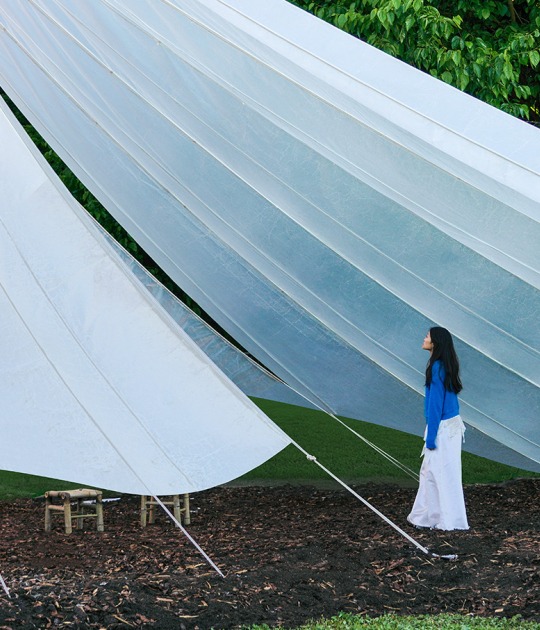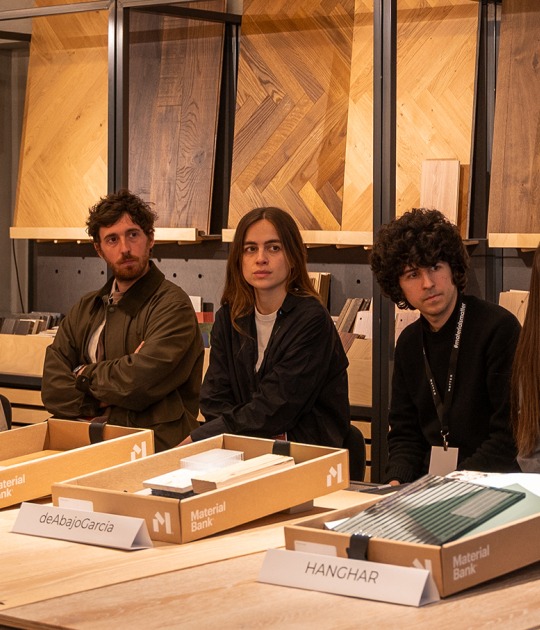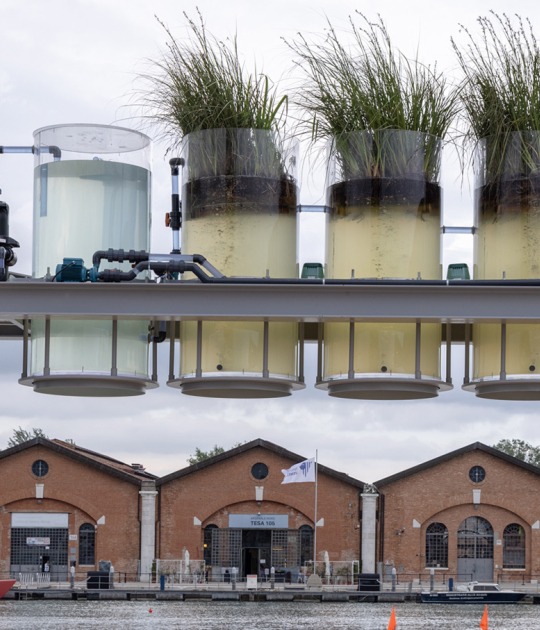Today’s announcement offers a far reaching strategic partnership between Luxottica and Google to work together across multiple efforts on the creation of innovative iconic wearable devices. Through this relationship, Luxottica and Google, who are setting the pace in their respective industries, will match up high-tech developers with fashion designers and eyewear professionals. In particular, the two Corporations will establish a team of experts devoted to working on the design, development, tooling and engineering of Glass products that straddle the line between high-fashion, lifestyle and innovative technology.
Luxottica added that the two major proprietary brands of the Group, Ray-Ban and Oakley who has a 10-year heritage in wearable technology that has evolved from MP3 to HUD devices, will be a part of the collaboration with Glass; however details about these new products will be disclosed at a later stage.
“We are thrilled to announce our partnership with Google, and are proud to be once again setting the pace in the eyewear industry, as we have been, with more than 50 years of excellence.” Said Andrea Guerra, Chief Executive Officer of Luxottica Group.
FIRST WAS... Isabelle Olsson is dressed in head to toe black, her Titian hair and gold heels shiny bookends on an otherwise monochromatic column. The color palette seems like a conscious decision by Google Glass's lead industrial designer, who has opted for one of the new Google Glass designs in black as her facial accessory. Olsson has swapped her usual custom rose gold and cotton-colored Glass for a charcoal headset that has a pair of matching titanium frames attached, and somehow the computer aspect of her faceware becomes almost invisible.
"When I first joined I had no idea what I was going to work on," she said, speaking via a Google Hangout video link from New York. "Then I walked into a room full of engineers wearing a prototype of the glasses. These were very crude 3D-printed frames with a cellphone battery strapped to the legs. They weighed about 200 grams."
She was given her first brief, which was "to make this beautiful and comfortable.
"My initial goal was: how do we make this incredibly light? I set up three design principles; if you have something that is very complex you need to stick to some principles. The first was lightness, the second was simplicity and the third scalability".



























